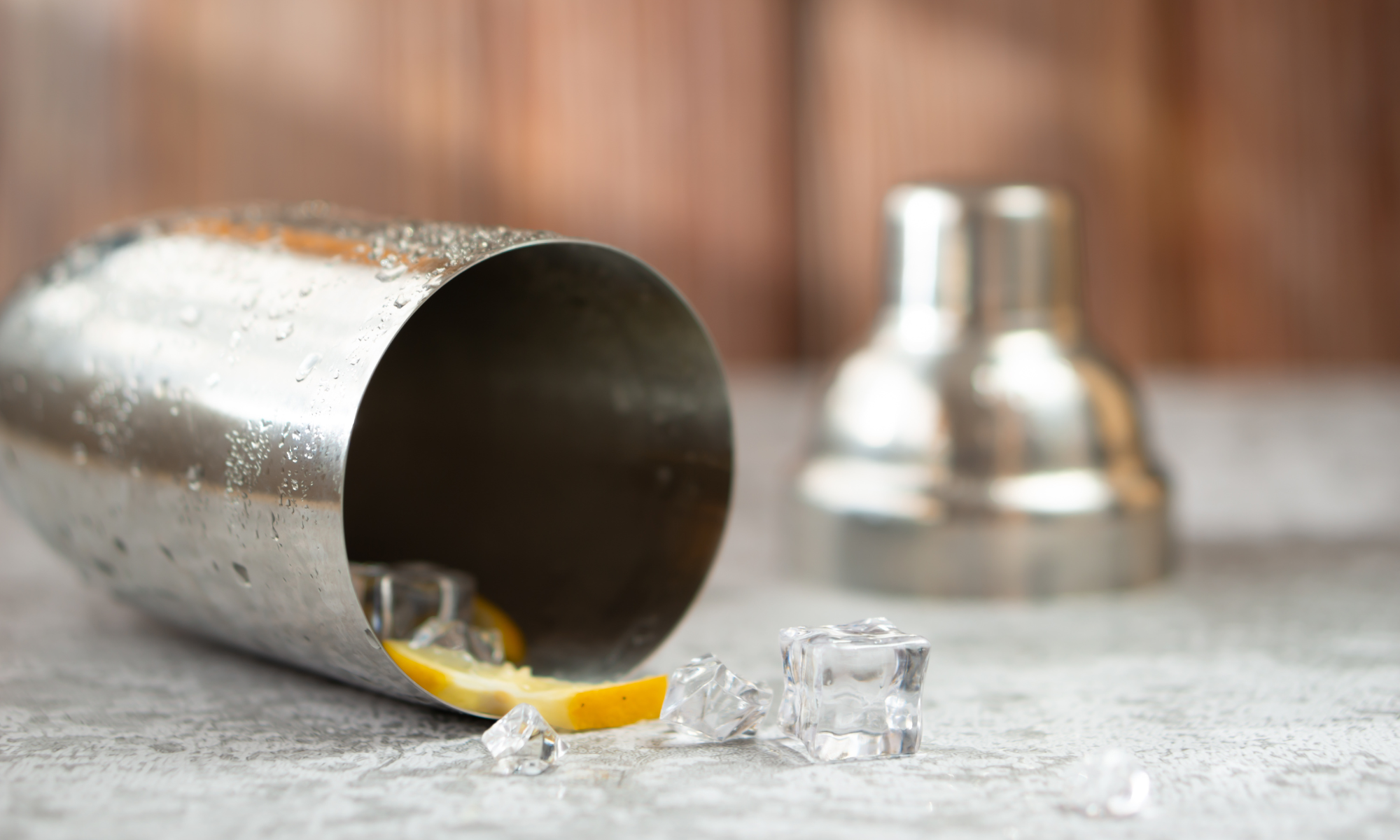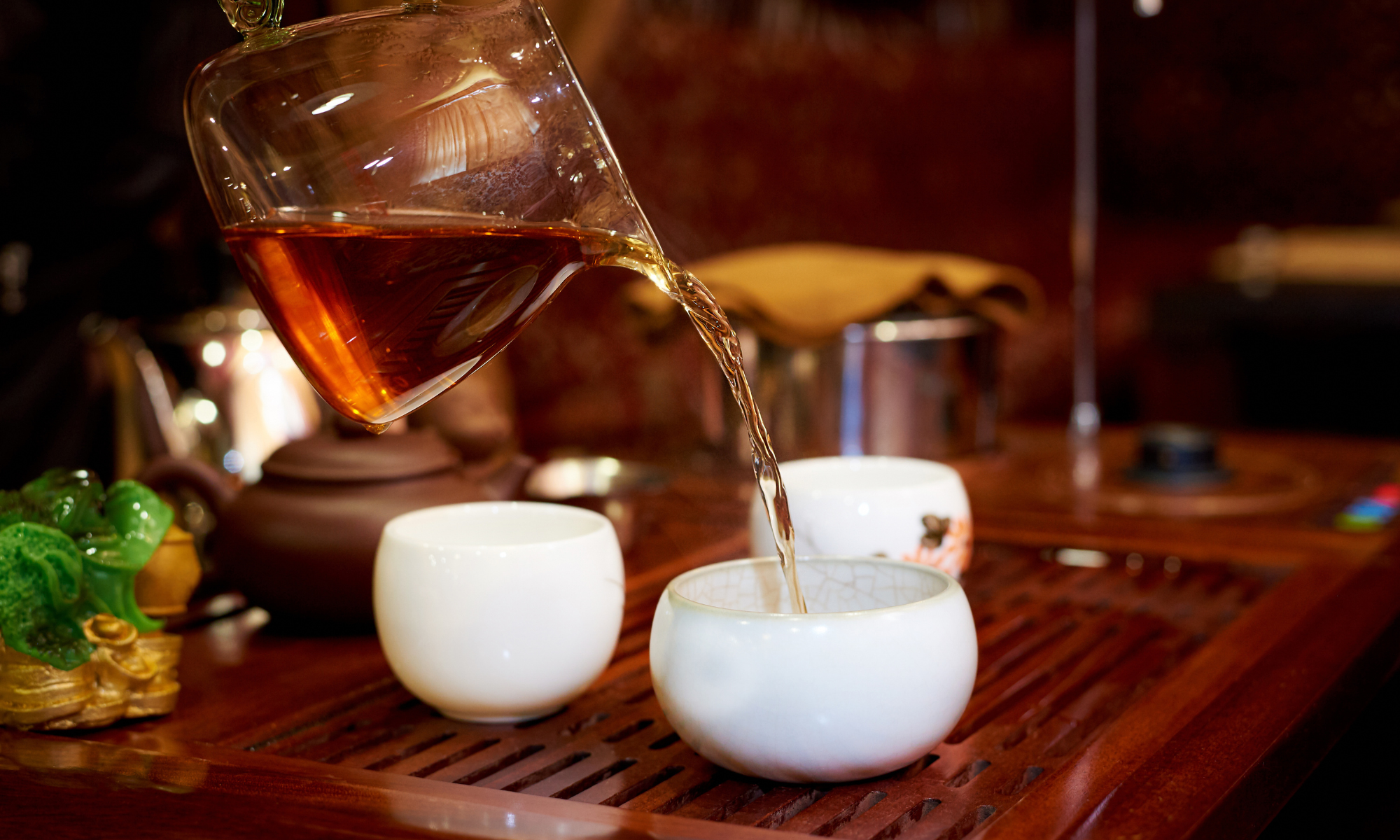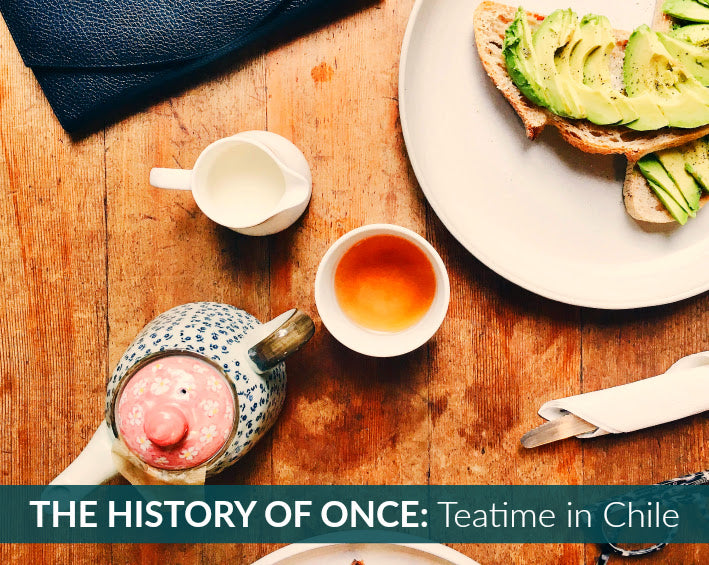Tea Mocktails

Okay, so some of you are thinking this must be a rich joke. But a lot of you may be genuinely interested in finding some non-alcoholic drinks that aren’t just sugary juices. I fell into both camps when this idea was first introduced to me a few years ago. I am a tea nerd by trade and have recently given up alcohol, so when an article claimed that complex flavors can be found in modifying the way we make tea, I was skeptical but also intrigued.
Thanks to the pioneering research of many people who don’t want alcohol in their lives and
who really love tea, there are some legitimate alternatives for you if you want a complex yet
“dry” beverage. I will go over a couple of concepts here, but know that it’s not an exhaustive
list. After all, I did say it took some creative and exploratory minds to arrive at these yummy
options.
Cold-Brew
Cold brew isn’t a new idea. Put tea leaves in a container, fill it with water, and let it sit overnight
in the fridge. (A lot of people have been doing the same with coffee.) If you haven’t heard of
this before, it is a really good way to make cold tea without the need to heat water to a certain
temperature. This method not only brings out different flavors that aren’t as prominent when
the tea is made hot but also makes a lighter-bodied tea. This can be done with a multitude of
teas and tisanes but works best for fruit or floral-forward teas. A good example is our White
Riesling Grape. It is a white tea blended with berries that have a grape note. It also lasts in the
fridge for quite some time.
If you have heard of cold-brewing and want to experiment, you can always add fruit slices or
flowers to the container to add sweetness or a new flavor to your usual. I often like to add
orange slices to the black teas I cold-brew.
If you really want a classy option for your mocktail, you can buy some sparkling water, pour
some of the water out, add tea leaves to the bottle, and steep for three hours. It does require a
sieve to filter out the leaves when pouring, but it makes for a fun way to impress your friends
with fancy drinks. There are small kegs you can buy to accomplish this process with nitro or CO 2 , but they tend to be pricy.
Flash-Chill
Some of you aren’t big cocktail drinkers and don’t care for super sweet drinks. You like whiskey
neat. You want your wine to have multiple flavors you can distinguish. You want complexity.
I hear you. I was/am that person. I got into alcohol because I learned to love complexity from
tea. So try this method if you want something that has layers to it.
It starts by using a larger amount of tea in a smaller steeping vessel. Usually, I recommend a
gaiwan, but you can accomplish the same thing using a small cup and a sieve or filter. You will
steep 7 grams of tea in approximately 6 ounces of hot water (the temperature depends on tea
type). Once you steep for 10 to 15 seconds, you’ll pour the liquid into a cocktail shaker (or large
cup with a lid) filled with ice. Shake this vigorously for 30 seconds. (Add bar tricks as your skill
level allows.) After shaking, pour the mixture into a glass of your choice. Pro tip: Have a large
ice cube in the cup.
Here’s what happens and why it works: This method of steeping is usually referred to as gong
fu cha. (To learn more, see what my friend David wrote on the subject.) In short, it brings out a
strong infusion but unique flavor profiles. Here we are steeping the tea even longer than
normal for gong fu cha, so it holds up to the extra dilution. The shaking part aerates the liquid,
bringing out more sweetness and other flavors and frothing the tea.
What you have in the cup is a cooled but focused infusion of your tea. You will find that, like
many high-grade liquors on the rocks, flash-chilled tea presents unique flavors that relax you
and is also refreshing to drink. It’s important to note that if you want that complexity, this
method works best with base (unflavored) teas of a high grade or quality. Tea that has been
carefully cultivated and processed will offer more flavor because of the artistry of the tea
processing. A good one to start with is our Nepal Gold Tips. It’s a high-grade yet simple black
tea with honey notes. When you flash-chill this tea, you get the sweetness from the honey but
also some earthy and woodsy notes.
Final Thoughts
In my research for this article, I drank a lot of test batches using various methods. They can’t all
be covered in this one article, so I may post in the future. These two techniques, however,
should give you a running start at classing up your mocktail game.
I highly recommend using fancy glassware when serving these beverages to others and even to yourself. I found it all tasted even better from champagne flutes, rocks glasses, Glencairns—you name it. (As I write this, I am drinking flash-chilled Dragonwell on the rocks from a rocks glass.)
I read a number of online articles and books to find out what others have tried. I particularly like the innovation found in Leaf Tea: Infusions, Cold Brews, Sodas, Frappés and More byTimothy d’Offay. It’s worth reading if you want to experiment some more. Experimentation is a fun part of this process and is also how we ended up with different styles of tea in the first place. (I developed a great love for nitro cold-brew tea because a friend brought over his coffee cold-brew keg, and we were curious to see how it would work with tea.)
Feel free to try various steeping times, amounts, and even mediums. And don’t feel bad if you end up with a bad batch. Start small and see how it goes. You never know when you might find your new favorite mocktail recipe.




Comments